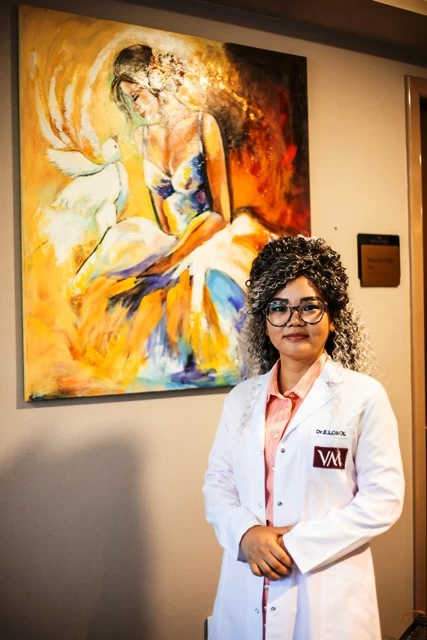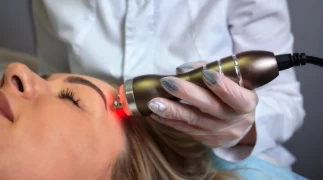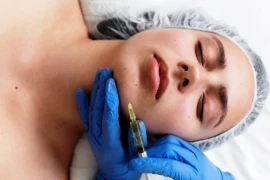
Psoriasis
- Psoriasis
- What is Psoriasis?
- Key Symptoms and Types of Psoriasis
- Causes and Triggers of Psoriasis
- Diagnosis and Diagnostic Methods for Psoriasis
- Treatment Options for Psoriasis
- Lifestyle and Disease Management
- Conclusion
Psoriasis is a skin condition characterized by thickened skin plaques covered with red patches and silver-white scales. According to experts in the field of dermatology, psoriasis is a complex condition that arises from a combination of genetic and environmental factors.
What is Psoriasis?
Psoriasis is a chronic and inflammatory skin disease, also known as Psoriasis. This condition is characterized by a problem that causes the skin cells to grow and accumulate faster than normal. It is typically recognized by thickened skin plaques covered with red patches and silver-white scales. Psoriasis can occur in different areas of the body, but it most commonly affects the elbows, knees, scalp, lower back, and nails.
Key Symptoms and Types of Psoriasis
Psoriasis is a skin disease that often manifests with distinct and characteristic symptoms. However, these symptoms can vary in each individual and may change depending on the severity, type, and affected areas of the disease. Here are common symptoms of psoriasis:
- Red Patches: Psoriasis often begins with red, thickened skin patches or plaques in different areas of the body. These patches are typically itchy.
- Silver-White Scales: Fine, silver-white scales often form on top of the red patches. These scales are usually more pronounced at the edges of the lesions.
- Itching: Psoriasis commonly causes itching, and the intensity can vary depending on the severity and extent of the disease.
- Nail Changes: Psoriasis can be associated with thickening of the nails, pitting, changes in color, and a specific alteration under the nail plate known as "scale-like" pitting.
- Erythema (Redness): Areas affected by psoriasis are often red and inflamed due to the dilation of blood vessels.
- Commonly Affected Body Areas: Psoriasis typically affects specific body areas such as elbows, knees, scalp, lower back, and nails. In rare cases, it can be widespread across the body.
- Can Occur in Unseen Areas: Inverse psoriasis involves lesions often found in skin folds like the armpits, groin, and under the breasts.
- Psoriatic Arthritis Symptoms: Some individuals may experience symptoms of psoriatic arthritis, such as joint pain, swelling, and stiffness.
Symptoms can flare up periodically and then subside. However, psoriasis is generally a chronic condition that lasts a lifetime.

Causes and Triggers of Psoriasis
While the exact cause of psoriasis is not fully understood, it is believed to involve genetic predisposition, immune system issues, and environmental factors. Triggering factors such as stress, infections, medications, alcohol consumption, and smoking can exacerbate or trigger psoriasis symptoms.
Diagnosis and Diagnostic Methods for Psoriasis
To diagnose psoriasis, we typically use a combination of physical examination, analysis of medical history, and various laboratory tests. Procedures like biopsies may also be performed to identify specific types of psoriasis.
Treatment Options for Psoriasis
The treatment of psoriasis can vary depending on the severity, type, and overall health of the patient. Various treatment options are available, including topical creams, phototherapy, oral medications, and injections. Medications usually aim to control the symptoms of the disease but may not provide a complete cure.
Lifestyle and Disease Management
Individuals with psoriasis are advised to make specific lifestyle changes to manage their condition. A healthy diet, regular exercise, stress avoidance, and proper skin care play a crucial role in reducing psoriasis symptoms.
Conclusion
Psoriasis is a serious skin disease that impacts the quality of life. As dermatologists, we combat this disease by creating personalized treatment plans for each patient to minimize the effects and control the symptoms. However, the inability to completely cure psoriasis necessitates the development of a long-term management strategy. Therefore, close collaboration with dermatologists and adherence to treatment plans are crucial factors in dealing with psoriasis.

Spc. Dr. Enkhjargal (Egi) Losol
Dermatology Specialist





